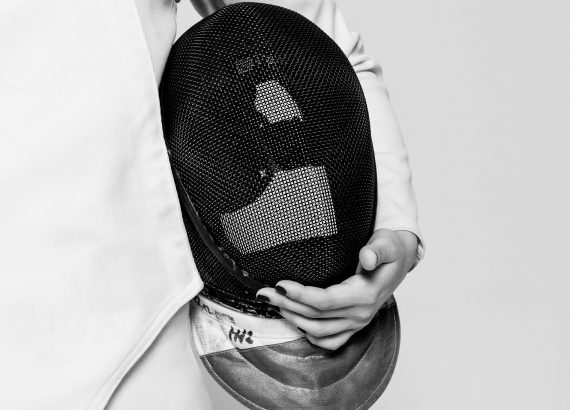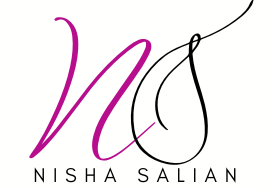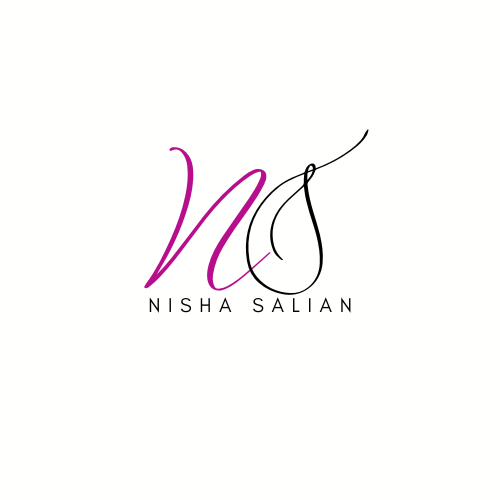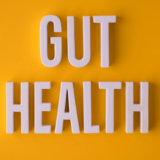Hypertension – Symptoms and Precautions
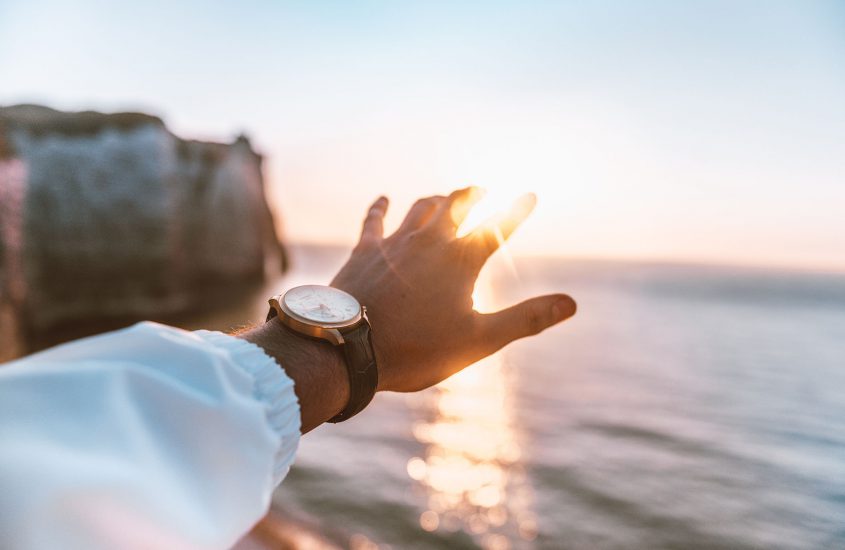
World Hypertension Day was initiated by the World Hypertension League in 2005 to create awareness about ‘the silent killer’- Hypertension or High blood pressure. It is celebrated on May 17th every year in an attempt to generate awareness amongst the general public. Let’s just talk about India where hypertension is a growing concern even in young adults with an age as low as 25 to 30 year old or maybe even less. According to data from the GBD study of 2016, hypertension led to 1.63 million deaths in India in the year 2016 alone.
The theme for this year’s world hypertension day is –Know your blood pressure, control it, live longer.
What is High blood pressure?
Blood pressure is the pressure of the blood flowing through the blood vessels (arteries) in your body and the amount of resistance faced by the blood while your heart is pumping.
High blood pressure is defined when the pressure or force of your blood pushing against the walls of your blood vessel is consistently too high.
Hypertension typically develops over the years. The resistance in your blood vessels is developed due to fat deposition in your blood vessels over the years. This fat deposition can narrow your arteries and also lose the elasticity. The narrower the blood vessels more is the blood pressure.
It is commonly believed that hypertension is only seen in elderly population. But so is not true in today’s scenario. Due to changing trends in lifestyle, irregular meals, more stress even young adults and also children are prone to hypertension.
Let’s get to know the symptoms of Hypertension
Hypertension is a silent condition, hence no surprise it’s called a silent killer.. Most of the patients don’t show symptoms until it becomes severe. It is generally recognised during normal health check ups. However if you frequently have a headache or heaviness in head it is advisable to get your blood pressure checked.
Common symptoms recognised in severe high BP:
- Headache
- Flushiness
- Dizziness
- Chest pain
- Nose Bleed
- Visual changes
As these symptoms are more commonly seen in severe cases, only regular check up can enhance diagnosis and identification of hypertension at an early stage. Early detection is the key to prevent hypertension related comorbidities like heart attack, stroke, paralysis, visual loss and kidney damage.Those who have a family history of hypertension or heart diseases it is recommended that they check their blood pressure twice a year.
What are the types and causes of hypertension?
There are two types of hypertension
- Primary Hypertension: This is the most common type of hypertension seen in our population also known as essential hypertension. The causes may be genetic, age related but the most common cause is lifestyle factors like smoking or alcohol , high fat diet, poor vegetable and fruit intake, increased consumption of processed food and obesity.
- Secondary Hypertension: It develops secondary to an already existing health condition like kidney damage, certain medications, imbalance thyroid, obstructive sleep apnea, adrenal insufficiency, congenital heart defects.
Understand Your Blood pressure readings:
Blood pressure readings are written as two numbers eg: 120/80 mmHg
The upper number reads the systolic blood pressure which is the pressure in your arteries (blood vessel) when the heart beats and pumps out the blood.
The lower number reads the diastolic blood pressure which is the pressure in your arteries between the beats of your heart.
The readings can be classified into five categories:
- Normal blood pressure: A reading less than 120/80 mmHg is healthy.
- Elevated Hypertension : A systolic blood pressure reading between 120- 129 mmHg and diastolic blood pressure reading less than 80 mmHg.
- Stage 1 Hypertension: The systolic pressure reading between 130-139mmHg or diastolic pressure between 80 and 89 mmHg
- Stage 2 Hypertension: The systolic pressure is 140 mmHg or Higher and diastolic pressure is 90mmHg or higher.
- Stage 3 Hypertension: The systolic pressure over 180mmHg or diastolic pressure is over 120 mmHg. This range calls for immediate medical attention. You may have symptoms like chest pain, headache, shortness of breath or visual changes which requires immediate medical care.
Why do you need to take precautions and take timely action if you have hypertension?
The whole objective of writing this article is to create awareness about hypertension amongst the general public.
Hypertension when goes undiagnosed or if not taken seriously can have serious health issues like kidney damage, stroke, paralysis, heart failure and visual loss.
For those who have a family history of hypertension or heart disease it’s important that they get checked for their pressure twice a year and also do some dietary and lifestyle changes which best suits you and your body.
For those who have no familial history, it is still important to keep a check on your blood pressure and also monitor your body weight. It is crucial to do a self check and observe what you eat if it is high in processed food and low in nutrient rich food. Also if your blood pressure is under control it is very much advisable to not stop medications without a consultation with your doctor.
I would like to conclude that prevention is better than having hypertension but if you are already diagnosed with one it’s time that you consider it as a serious health issue and along with medications do take charge of your lifestyle HABITS.
Points to be taken home:
Check your blood pressure regularly.
Correct your lifestyle habits
If you are already diagnosed with hypertension, then dont stop medicines without consultation and follow a healthy diet.
EAT HEALTHY, MOVE MORE, SLEEP BETTER, STRESS LESS
